Six academic realities: the departments of Theology, Philosophy, Canon Law, Law, Peace Sciences (established by Pope Francis in 2018), and the Pastoral Institute “Redemptor Hominis” with over 1,600 students the past academic year, from 86 world Countries. It’s the portrait of the Pontifical Lateran University, by definition “the Pope’s University”, in the process of re-opening “face-to-face” and safely, as its activities have continued uninterrupted. An online Open day will take place on Tuesday, September 8th to learn more about the University; in-person admission tests will start the following day, replicated on the 21st. So what will post-Covid University be like? SIR asked the Rector Vincenzo Buonomo, who is also Professor of International Law.
 “At the latest organizational meeting of September 1 – he said – we endeavoured to outline the possible scenarios, in the hope that the trend of the pandemic does not escalate. The University never closed; even in the most virulent phase of Covid-19 we continued to work, organizing lessons, exams, courses and research in a different way. We decided that the emergency would become our daily routine already before the summer. Global trends show that this is not a problem that can be solved overnight, but rather a situation that we will have to deal with for several months. Thus
“At the latest organizational meeting of September 1 – he said – we endeavoured to outline the possible scenarios, in the hope that the trend of the pandemic does not escalate. The University never closed; even in the most virulent phase of Covid-19 we continued to work, organizing lessons, exams, courses and research in a different way. We decided that the emergency would become our daily routine already before the summer. Global trends show that this is not a problem that can be solved overnight, but rather a situation that we will have to deal with for several months. Thus
the emergency has become an aspect of the university’s daily routine
What does this mean, in practical terms?
It means offering blended, integrated learning, based on a triple formula: face-to-face, online and remote learning. The courses held with the physical presence of students who will be permanently in Rome – obviously in full safety, keeping the distance between them with alternating shifts – will be complemented by online lessons for those residing in countries whose citizens are currently banned entry into Italy. We created a web platform allowing students outside Rome to access video-recorded lessons which can be viewed in real time and via recorded broadcast, according to the time zones of the respective countries. Furthermore, the platform allows us to monitor who accessed the lessons remotely. We are prepared for the regular use of this triple mode, taking into account the international status of our students.
How will it change the student-teacher relationship?
We have always given priority to teacher-student relations. We don’t consider the latter as “freshmen” but as members of our community, and we want to continue in this way. Some students need purely linguistic support, while others need clarification in terms of content or consistency with their study project. All students benefit from a direct dialogue/interaction with the teachers on a permanent basis, which now continues through the resources offered by technological tools.
When will classes start? According to the guidelines released by Italian Minister for Universities Manfredi, classrooms must not exceed 50% of the total occupancy. By which modalities will students return to the classroom?
We will start on October 5th and we are planning a rotation system to ensure access to all, despite seating restrictions designed to keep one metre distance between students. We will comply with the provisions for Italian universities, and for this purpose we set up a connection system between a number of classrooms that will allow students of the most attended courses to follow the same lesson at the same time in different classrooms: some in physical attendance, others via video. We have also installed a ventilation system in classrooms that ensures continuous air recirculation. Thermal scanners at the entrance to detect body temperature, separate exit and entrance routes to avoid gatherings, and mandatory routes to the different faculties have been put in place. We used the available resources to
ensure everyone’s right to learning in full safety:
continuity for enrolled students and welcome into the campus for those in their first year of academic studies.
Indeed, the freshmen. Their first year of study begins amidst an unprecedented context. Have you planned some dedicated initiatives?
University counselling activities started at the beginning of June with phone and online interviews or e-mails to guide students and offer them directions on travel arrangements, accommodation, and to respond to their questions.
Besides technical and organizational aspects and health regulations, has the pandemic changed or is it changing the profile and the spirit of universitas studiorum?
It has not changed the notion of the university per se, but its teaching approach. Covid has led us to use ICT as a means of learning and transmitting knowledge, not mere notions. It is up to the teacher to imbue it with the spirit that can trigger a response in the student: as in the medieval universitas.
The relationship between teacher and student creates the structure, not the other way around.
To me, as I continue teaching, learning must be governed by a relationship whereby the student is the protagonist. It is our task to combine learning with knowledge, education with research, training with teaching. In every modality – whether face-to-face, online, remote – the teacher must effectively convey knowledge in a global horizon, also effectively addressing cultural diversity. It’s not the device as such, but the way in which the device is operated that succeeds in transcending the boundaries of space and time, thereby generating attuned student-teacher interactions.












